
Micron Technology Inc. (MU)
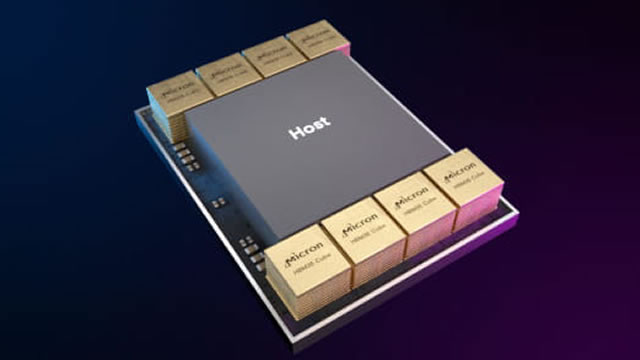
Is Micron's Cheap Valuation an Opportunity to Invest in the Stock?
MU's soaring stock still trades at a steep discount to tech peers, with AI-driven growth and solid fundamentals supporting further upside.
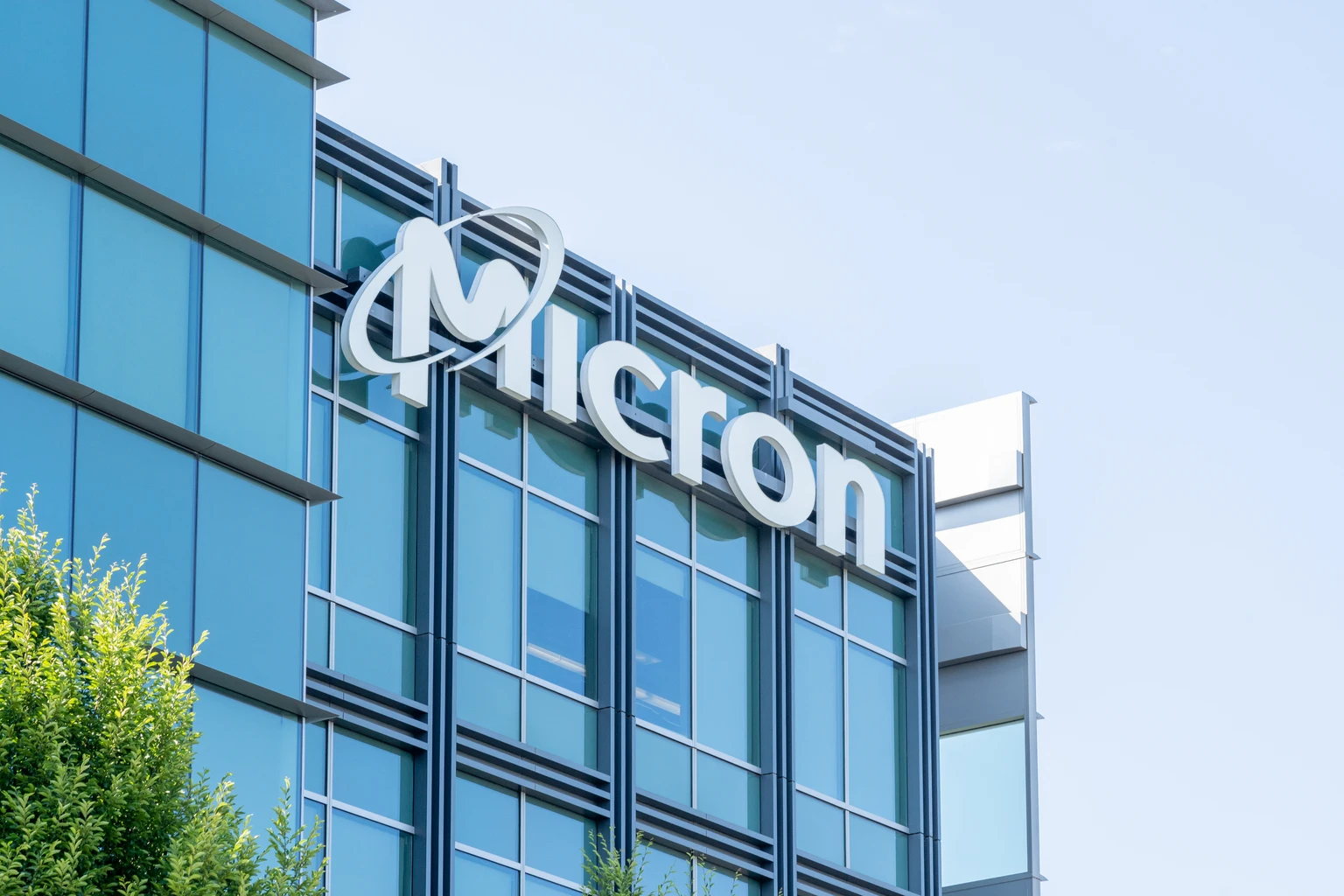
Micron: Too Cheap To Stop Buying
Micron Technology, Inc. is a Strong Buy due to its leading position in AI-driven memory solutions and substantial undervaluation despite a 118% rally. MU's revenue growth far outpaces the broader semiconductor industry, fueled by robust R&D investment and accelerating DRAM segment performance. MU stock valuation remains attractive, with forward P/E and Price/FCF ratios significantly below sector medians, despite strong fundamentals and minimal debt.

Best Growth Stocks to Buy for Nov. 7
SKIL, MU and UGP made it to the Zacks Rank #1 (Strong Buy) growth stocks list on Nov. 7, 2025.

Follow the Money: 3 Stocks With High Institutional Ownership
When it comes to investing, strong opinions are common, but identifying long-term opportunities often comes down to following the smart money, i.e., institutional investors.

Why Micron (MU) Dipped More Than Broader Market Today
In the latest trading session, Micron (MU) closed at $218.03, marking a -7.1% move from the previous day.

Investors Heavily Search Micron Technology, Inc. (MU): Here is What You Need to Know
Micron (MU) has received quite a bit of attention from Zacks.com users lately. Therefore, it is wise to be aware of the facts that can impact the stock's prospects.
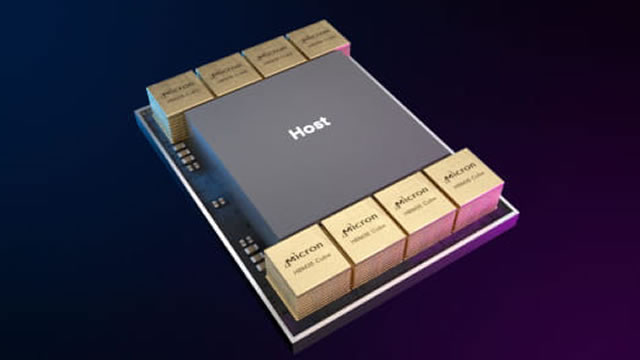
Micron: The Business Model Is Shifting
Micron has pivoted from a cyclical memory company to a core supplier to hyperscalers. FY2026 guidance points to record revenue driven by multiyear AI demand and long-term HBM agreements locked through 2026. Currently trading at 13x forward earnings and 7.7x EV/EBITDA, despite 100% EPS growth expectations representing a deep valuation gap to peers.
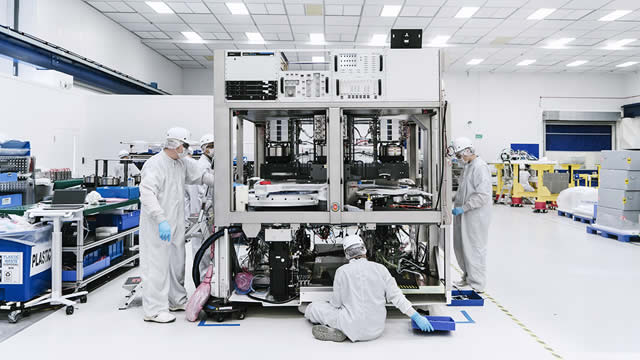
Best Growth Stocks to Buy for Oct. 30th
Here are three stocks with buy ranks and strong growth characteristics for investors to consider today Oct. 30th:
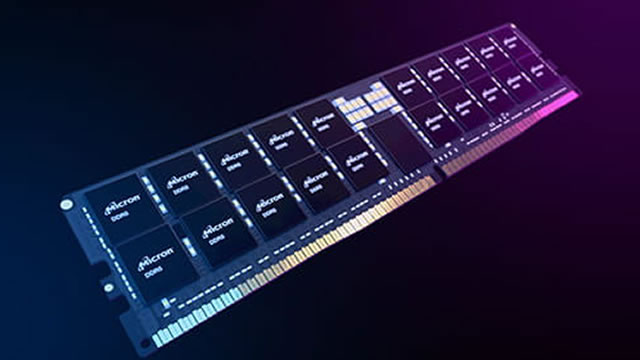
Micron Technology Stock Rally Brings Risk
Micron Technology (MU) stock has surged 35.5% over the past 21 trading days, driven by a wave of dealmaking aimed at expanding large-scale AI data centers. This build out is expected to fuel strong demand for high-bandwidth memory used in AI chips, helping suppliers like Micron.

Best Growth Stocks to Buy for Oct. 28th
UHS, MU and SKIL made it to the Zacks Rank #1 (Strong Buy) growth stocks list on October 28, 2025.

Best Growth Stocks to Buy for Oct. 24
URBN, MU and WDC made it to the Zacks Rank #1 (Strong Buy) growth stocks list on Oct. 24, 2025.

Micron: The Most Attractive Artificial Intelligence Play
Micron Technology (MU) stands out as the most attractive AI play, trading at a forward P/E of 11 with robust AI-driven growth. MU's high-bandwidth memory (HBM) is sold out through 2025, powering both Nvidia and AMD chips, driving record revenue and margin expansion. Manufacturing onshoring, CHIPS Act funding, and a shift to premium products are transforming MU from a volatile commodity player to a stable, high-margin innovator.







